MAN OF THE YEAR – Out of the Past, Fresh Choices for The Future
Within this magazine, the title article article has an illustration of Ronald Reagan wearing a white cowboy hat and riding a white horse on the left-hand page. He is portrayed as a willing yet indifferent political candidate. Someone who is content to remain on his ranch, but hopeful that he might succeed. In fact, he has just won the presidential election and is due to take office on January 20, 1981.
As the article continues, President Reagan is identified as an emerging positive figure in a world that has been plagued with problems. From turmoil in the Middle East, John Lennon’s death, and the eruption of Mount St. Helens to an inflation rate at 18%, the climate seems to have been primed for change.
The man who has been chosen to lead that change and bring America out of its doldrums is Ronald Reagan. Seen as a reasonable man of integrity, someone who anyone would wish to succeed, he is a vision of the future of America.
Holiday Break – Carter snaps his collar bone
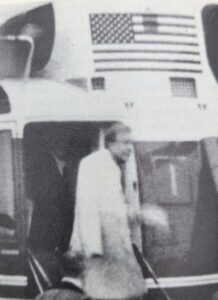
In the final days of the Carter presidency, the Carters were enjoying a traditional family Christmas vacation. Jimmy and Rosalynn headed up to Camp David where they decided to do some cross-country skiing. Unfortunately, President Carter caught his ski on a rock as he was gliding through the woods. This caused him to take a tumble and consequently fracture his collarbone. The President wasn’t out of commission for long. His next stop was the Sugar Bowl in New Orleans for New Year’s Day.
Outlook ‘81
Heading into 1981 there was a general sense that the existing economic woes would persist for another year. Global inflation rates were high (Italy 21%, Britain 15%), energy prices were elevated, and unemployment was on the rise. At this time there was a lot of uncertainty about oil production and how availability may shift in the coming years. All eyes were on the new U.S. President to see if he would be able to follow through on campaign promises and how his changes would impact conditions around the world.
Mount St. Helens eruption
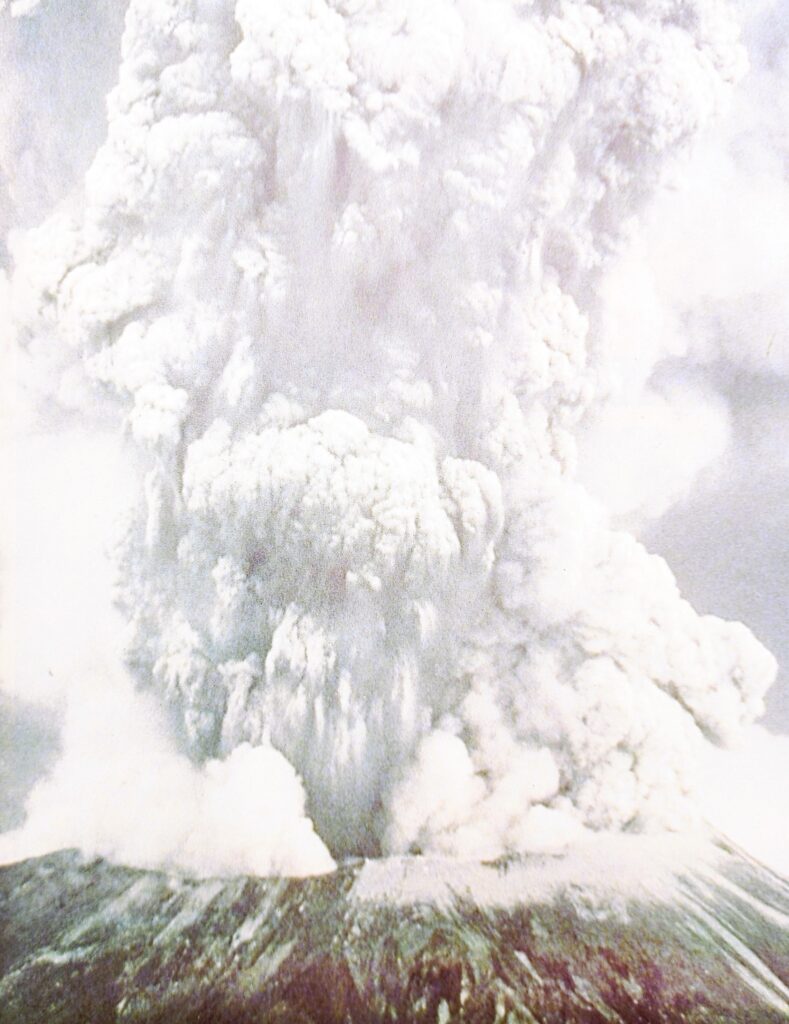 The devastating volcanic eruption of Washington State’s Mount St. Helens was a major explosive eruption that took place on May 18, 1980, at 8:32 am. The eruption was the most significant to occur in the contiguous United States since the 1915 eruption of Lassen Peak in California. It has often been declared the most disastrous volcanic eruption in U.S. history.
The devastating volcanic eruption of Washington State’s Mount St. Helens was a major explosive eruption that took place on May 18, 1980, at 8:32 am. The eruption was the most significant to occur in the contiguous United States since the 1915 eruption of Lassen Peak in California. It has often been declared the most disastrous volcanic eruption in U.S. history.
Bjorn Borg – Five straight Wimbledon championships
 The 1980 Wimbledon Championships Men’s Singles final was the championship tennis match of the gentlemen’s singles tournament at the 1980 Wimbledon Championships. Four-time defending champion Björn Borg defeated John McEnroe.
The 1980 Wimbledon Championships Men’s Singles final was the championship tennis match of the gentlemen’s singles tournament at the 1980 Wimbledon Championships. Four-time defending champion Björn Borg defeated John McEnroe.
Miracle on ice
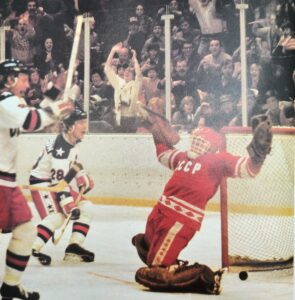
The “Miracle on Ice” was a hockey game during the 1980 Winter Olympics in Lake Placid, New York. It was played between the United States and the Soviet Union on February 22, 1980, The Soviet Union team were four-time defending gold medal winners and heavily favored, the United States upset them by winning 4–3 and went on to win Olympic Gold.
People – Joan Baez
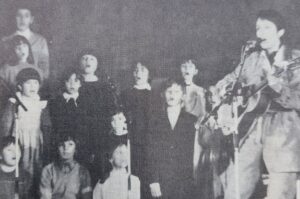
After four years of planning and preparation, singer Joan Baez was finally able to perform her Christmas Eve concert for 50,000 people in front of France’s Notre Dame Cathedral. This concert was televised on both sides of the Atlantic. It must have taken a lot of patience and determination to push through four years of obstacles so this event could become a reality.
Behavior - Memory: The Unreliable Witness
Elizabeth Loftus’ research at the University of Washington at Seattle was the focus of this article regarding the reliability of memories. It seems that many social scientists of this time believed early childhood memories are similar to dreamlike reconstructions of stories told to them by parents and friends. Likewise, Elizabeth Loftus proposes that adult memories are also very unreliable. In her published works Eyewitness Testimony and Memory, she details her case against the reliability of memory. One of the key problems is that people don’t observe information well to begin with. People forget facts and “refabricate” information to fill in the gaps or change information to suit biases that are more expected and acceptable.
Methods like hypnosis and “truth serums” are just as unreliable when used as tools for recall. Under the conditions of hypnosis, people are in a state where they are very susceptible to suggestion and as a result, they may remember events that never occurred. Similarly, with “truth serums” people have been shown to have the ability to lie competently, mix facts and invent stories to please the person who is questioning them.
This article provided the following quick facts that may be useful:
- Hearing memory is apparently stronger in humans than touch, sight, or smell.
- Most people can easily remember no more than six or seven items in a series. Unfortunately, this article was published just as the U.S. zip codes were being bumped up to nine digits.
- Slight stress improves memory; heavy stress erodes it.
- Booze and pot seem to affect information storage more than retrieval. Basically, a person’s memory will work fine in the moment, but they may not recall some things that happened while under the influence.
- Severe shock may cause memory loss.
- There have been a few cases where intercourse has caused loss of memory for several hours.
How are your observational skills? Can you spot the correct penny?

Education - Keeping Them Closer to Home
In 1970’s California busing became a requirement that meant public school students would be bused an average of 40 miles a day. The inconvenience of the busing program spurred a new development by community members who wished to have their children attend a school close to home. That development was small private community schools. These community schools made it possible for students to attend classes within four miles of their homes. They involved volunteer parents and overall allowed for more direct control of the school experience and curriculum.
It turns out that the small community schools were a big hit and were so successful that public school numbers dropped significantly in some areas. However, there was one notable problem that became evident with the emergence of these private schools. These schools didn’t operate off local taxes, instead, they required a tuition. Therefore, although the schools proudly stated that they accepted all students regardless of creed or color, parents needed to have the money in order for their children to be able to attend. As of the writing of this article in the 5 January 1981 TIME magazine, the fear was that poor and largely minority students were being abandoned to a doomed public school system while families with money were able to benefit from these new elitist private schools.
Food Crisis in Africa.
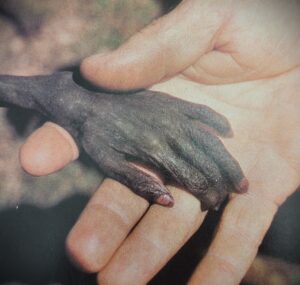
The 1980s Ethiopia famine was one of the worst humanitarian events of the 20th century, galvanizing the world’s attention to end widespread starvation and save lives.
Medicine - Second Look at Second Options
In 1981 it appears that unnecessary surgeries were at a rate somewhere between 1-15%. Federal agencies and Insurance companies began urging patients to seek out second opinions in the hopes that second opinions would provide an alternate solution when surgery was not genuinely needed. Contrary to the intent of their efforts, a Blue Cross study found that patients who sought a second opinion opted for surgery more often. It seems that when the patients were only receiving one doctors opinion, they were more likely to ignore the doctor’s advice. It turns out that the second opinion frequently confirmed the first and was enough to motivate more patients to follow through with the recommended procedure.
Southern Italy Earthquake.

The 1980 Irpinia earthquake took place in Italy on November 23, 1980, with a magnitude of 6.9 it left at least 2,483 people dead, at least 7,700 injured, and 250,000 homeless.
Boxing champion Sugar Ray Leonard
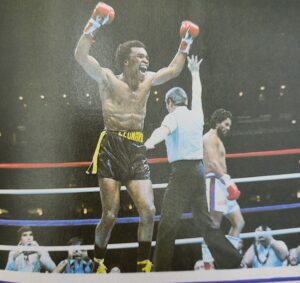
Roberto Durán vs. Sugar Ray Leonard II, billed as The Super Fight, and later known as the No Más Fight, took place on November 25, 1980, at the Louisiana Superdome in New Orleans, United States. It was the second of three bouts between the pair and it gained its name at the end of the eighth round when Durán turned away from Leonard towards the referee and quit by apparently saying, “No más“.
Music

Cinema
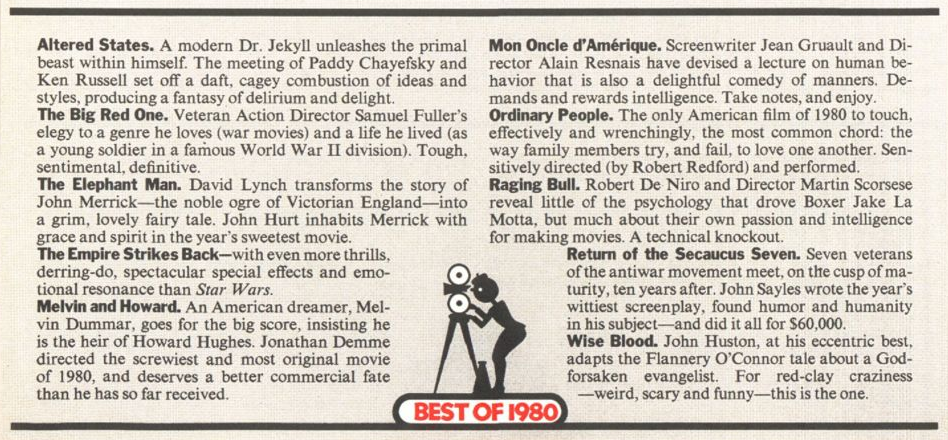
Books

Start your journey through time!
I hope you found this interesting and continue to check out our posts. Follow us here at This Week In Time or explore our shop to start your own journey through time. Next week we will cover the January 12, 1959 issue of TIME with General Electric’s Ralph Cordiner on the cover.
We would love to here from our readers about their own memories from this time. What do you remember about the events covered? How does it make you feel when thinking about the progress or lack of progress that has been made since January 5, 1981?
